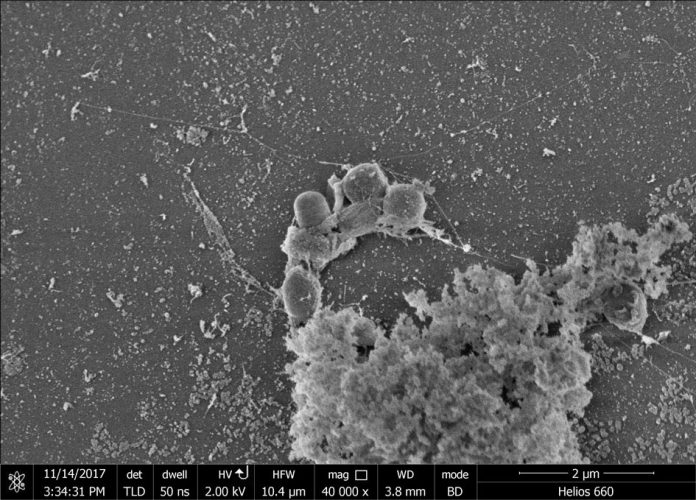Many of the world’s most deadly pollutants like dioxins and polychlorinated biphenyls (PCBs) owe their long life to the halogens in the chemicals. Professor David Leys and colleagues from the Institute of Biotechnology at the University of Manchester have discovered a bacterium that removes that halogen from pollutants naturally.
PCBs and many other pollutants owe their stability to halogen atoms in the compound. Halogens include chlorine, fluorine, bromine, and iodine. The stability of the halogen atoms confer stability to the pollutant rendering the compounds hard to destroy. The present disposal method is burial in safe containers. There is no guarantee that the pollutants will not escape from the containers at some point in time.
The researchers found a bacterium that naturally removes the halogen in PCBs, dioxins, and other halogenated pollutants. The bacterium uses vitamin B-12 to remove the halogen making the former toxic material easier to clean up or dispose of. The bacterium is not harmful to people or animals that live on land or in the water. The key to the success was determining how to grow enough of the bacteria to make the process industrial useful. The researchers met the goal after 15 years of experimentation.
Bacteria have been used for decades as a means to remove pollutants or chemicals that may have been spilled in industrial plants. A small amount of bacteria can grow to consume a huge quantity of chemical in a few weeks due to the rate of reproduction in bacteria. While the United States and most of Europe have banned the use of dioxins and PCBs, the majority of the world still uses these chemicals. The discovery will provide the first industrially useful method of detoxifying halogenated hydrocarbons.















